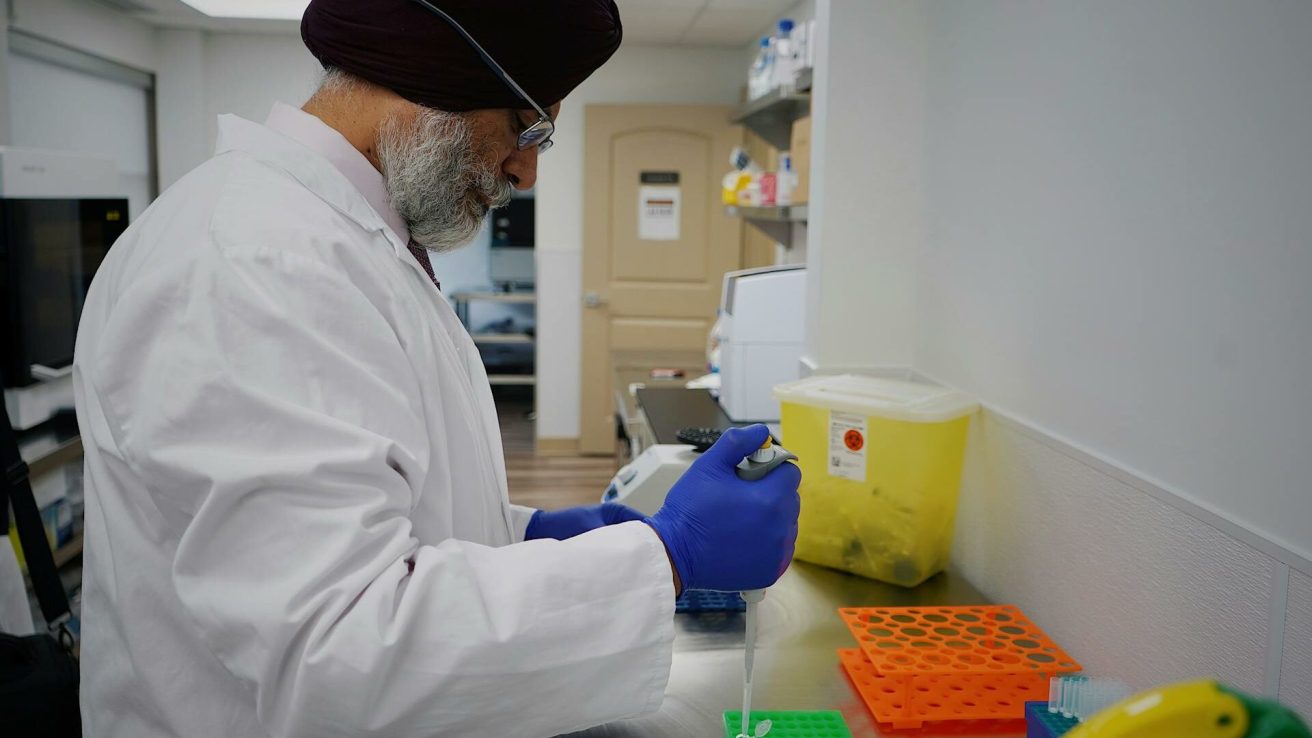A systematic review explores the promising connection between ferroptosis, a form of regulated cell death, and triple-negative breast cancer, offering new insights into prognosis and treatment strategies. By identifying potential biomarkers and therapeutic targets related to ferroptosis, this research opens avenues for personalized treatment approaches to this form of breast cancer known for its aggressive nature and limited treatment options.
- Triple-negative breast cancer is characterized by its aggressive nature and lack of targeted treatments due to the absence of three key receptors.
- Ferroptosis is a form of cell death distinct from apoptosis and necrosis, driven by iron-dependent lipid peroxidation.
- This review identifies potential ferroptosis biomarkers and therapeutic targets, offering hope for improved triple-negative breast cancer prognosis and treatment strategies.
- The heterogeneity of ferroptosis in triple-negative breast cancer underlines the need for personalized therapeutic approaches.
Triple-negative breast cancer (TNBC) stands as a formidable challenge in oncology, known for its aggressive behavior and limited treatment options. Unlike other breast cancer subtypes, TNBC lacks estrogen, progesterone, and HER2 receptors, complicating its management and prognosis.
Recent explorations into ferroptosis, a specialized form of cell death marked by iron-dependent lipid peroxidation, offer new insights. A systematic review, published in Cureus, delves into the nuanced relationship between ferroptosis and TNBC, aiming to uncover novel prognostic insights and therapeutic opportunities.
The Therapeutic Potential of Ferroptosis in TNBC
Ferroptosis represents a frontier of interest due to its unique mechanism of action and its potential impact on cancer biology, particularly in TNBC. The review synthesizes evidence suggesting that ferroptosis could act as both a prognostic marker and a therapeutic target. By analyzing the role of key regulators like glutathione peroxidase 4 (GPX4) and the crosstalk between ferroptosis and other cellular processes, researchers are beginning to piece together how manipulating this pathway could benefit TNBC patients.
Biomarkers and Targets: Paving the Way for Precision Medicine
One of the most interesting aspects of this review is its focus on identifying biomarkers and therapeutic targets related to ferroptosis. High levels of lipid peroxidation markers and specific proteins have been linked to ferroptosis induction in TNBC cells. These findings not only enrich our understanding of TNBC’s molecular landscape but also highlight potential avenues for intervention. The review emphasizes the importance of leveraging these biomarkers and targets to develop personalized treatment strategies.
Toward a New Paradigm in TNBC Treatment
The heterogeneity observed in ferroptosis responses among TNBC patients illustrates the complexity of this disease and the necessity for tailored therapeutic approaches. By integrating ferroptosis into the clinical management of TNBC, the review suggests a paradigm shift toward more effective, customized treatment regimens that could significantly improve patient outcomes.
A New Horizon for Clinicians and Researchers
By understanding the intricate dynamics between ferroptosis and TNBC, clinicians can better navigate the complexities of this aggressive cancer subtype, potentially leading to more effective treatments and prognostic models. As research progresses, the promise of ferroptosis modulators in clinical trials could indicate a future where TNBC can be managed more effectively, paving the way for improved patient care and outcomes.
Source:
Khan, M. I., Sunkara, V., Yadav, M. P., Bokhari, S. F. H., Rehman, A., Maheen, A., Shehryar, A., Chilla, S. P., Nasir, M., Niaz, H., Choudhari, J., Anika, N. N., & Amir, M. (2024). Ferroptosis and Triple-Negative Breast Cancer: A Systematic Overview of Prognostic Insights and therapeutic potential. Cureus. https://doi.org/10.7759/cureus.51719






